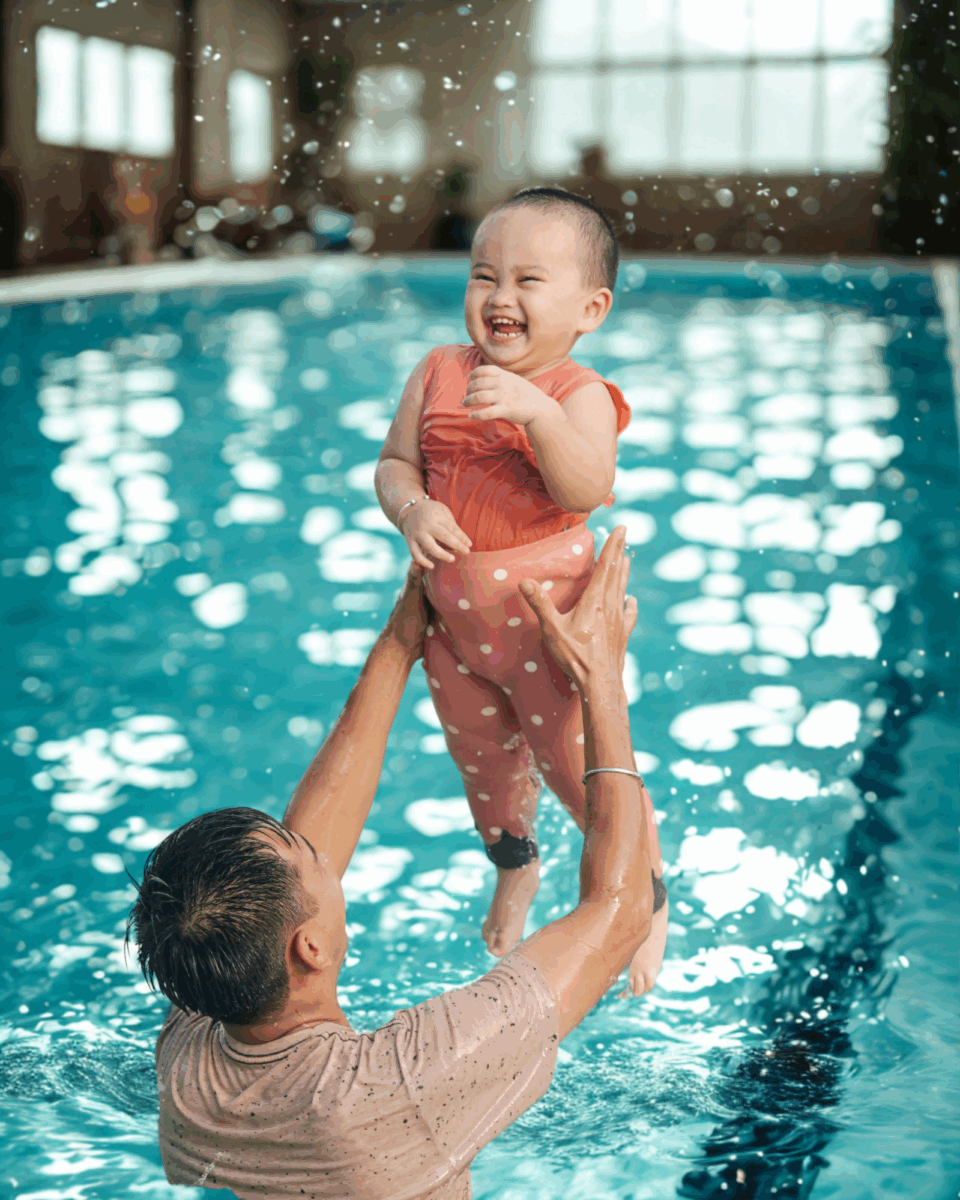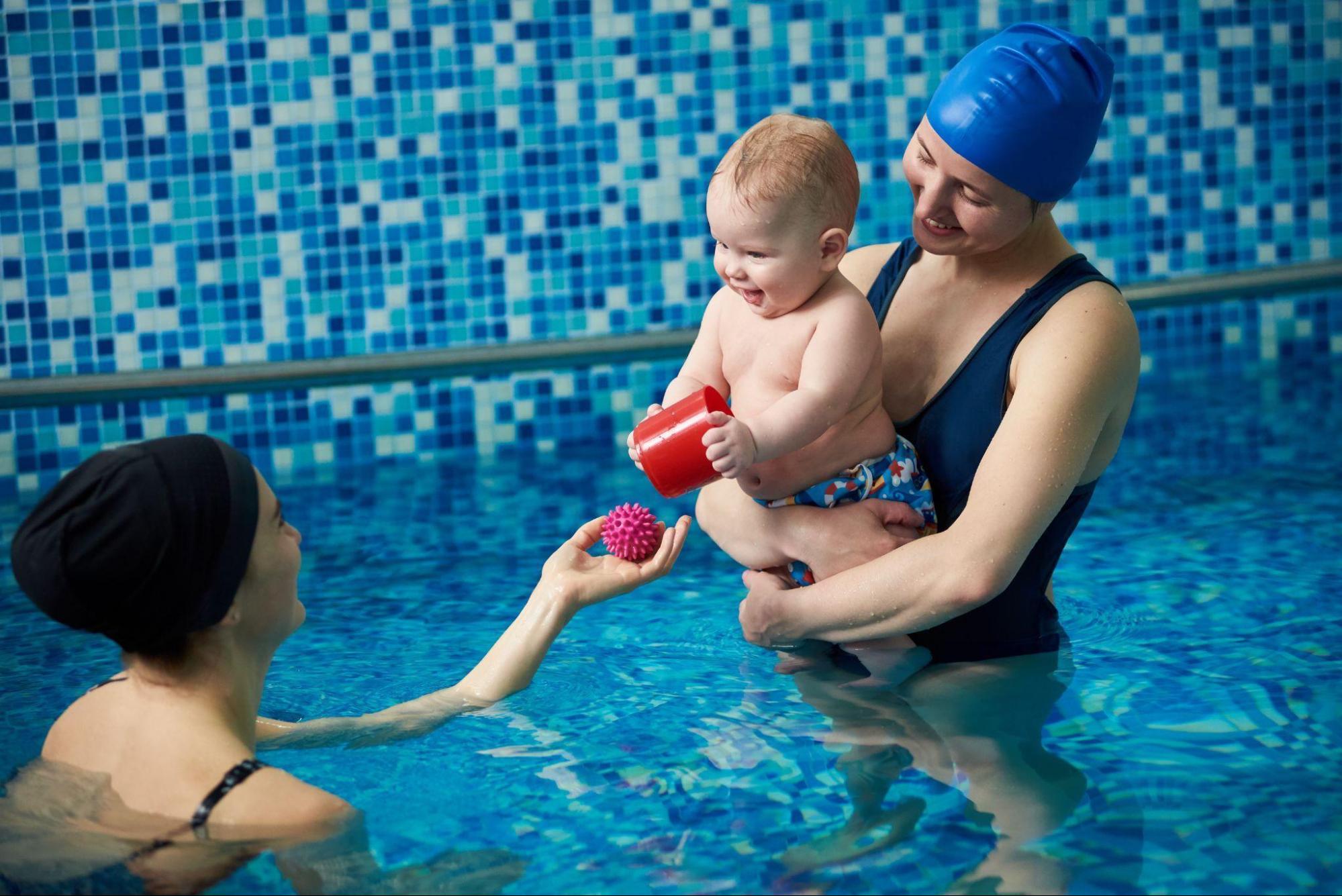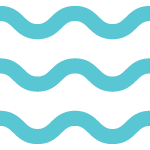When Should Children Start Swimming Lessons?

by Coach Mark
Learning to swim is an important milestone in a child’s early development, and not just for fun at the pool. It is a vital life skill that promotes water safety, builds physical strength, and enhances overall confidence.
However, before enrolling your children in swimming lessons, it’s essential to understand when they should start, as this can significantly influence their comfort, learning pace, and long-term success in the water.
What is the Best Age for Kids to Learn Swimming?
When it comes to determining the best age for kids to learn swimming, it is generally recommended to start when your child is around 10 to 12 months old.
However, age alone shouldn’t be the only factor guiding your decision, as every child is different. Instead, the right time to start should be based on your child’s comfort in the water, emotional maturity, physical abilities, and overall developmental readiness.
Children tend to adapt quickly to new environments, especially when supported by a positive mindset and a strong, consistent set of routines.
What Swim Lessons Look Like at Every Stage?
Swimming lessons evolve significantly depending on a baby’s age and developmental stage. From early water exposure to structured stroke development, here’s how swim lessons typically progress through the years.
1. Infants (0–1 year): Water Familiarisation and Bonding
Infant or newborn swimming lessons are more about introducing babies to the water in a gentle, reassuring environment, rather than focusing on technique.
Sessions typically involve the instructor and a parent in the water, engaging in playful, sensory-rich activities such as gentle splashing, floating with support, and singing songs. These classes aim to build water comfort, establish trust, and encourage bonding between parent and child.
2. Toddlers (1–3 years): Introducing Basic Water Skills
As kids become more mobile and curious, swim classes shift toward developing basic skills through structured play. Swimming classes for toddlers often introduce floating, kicking, and arm movements, all while encouraging safety habits like holding onto the pool edge or returning to the wall.
Toddlers also start learning how to follow simple directions, which is crucial for progressing in future lessons. Through repetition and games, they begin to associate the water with fun while building foundational skills.
At this stage, children also start to express their independence—often through the famous “NO” as a reply. While this is a normal part of development, it’s also an opportunity to set gentle but clear goals and boundaries. Framing swimming as an essential life skill helps children understand its importance, even as they explore their need for choice. A consistent routine paired with positive reinforcement goes a long way in building both confidence and cooperation.
3. Preschoolers (3–5 years): Building Technique Through Structure
Once children reach preschool age, they’re typically ready for more structured instruction. Swimming lessons now focus on introducing the basics of stroke techniques, such as the front crawl and backstroke, while also improving breath control and coordination.
Children also begin to swim short distances independently, gaining confidence and a sense of achievement. With improved listening skills and physical coordination, preschoolers are better equipped to grasp technical concepts while continuing to learn through encouragement and play.
4. School-Age Children (6+ years): Stroke Development and Stamina
At this stage, swimming classes become more goal-oriented, concentrating on refining all four main strokes: freestyle, backstroke, breaststroke, and butterfly. Children work on improving their technique, building stamina, and mastering breathing patterns. Lessons may also include diving, treading water, and timed laps to enhance endurance and prepare interested swimmers for competitive or advanced programs.
How Often Should Kids Attend Swimming Lessons to See Progress?
To build swimming skills effectively, consistency is key. While attending one lesson per week is generally considered the minimum to retain progress, more frequent sessions often help children become confident swimmers more quickly, especially during the early learning stages. However, the ideal lesson schedule often depends on a child’s age, skill level, and personal readiness.
That’s why we offer structured lessons alongside flexible class options to suit every family’s routine and every child’s unique needs. You can choose from weekday classes held five times a day, convenient weekend sessions, or opt for group or private swimming classes for kids, depending on your child’s learning style and goals.
Making the Most of the First Swim Experience

While identifying the right age to start swimming is essential, just as crucial is evaluating the quality of instruction and the learning environment your child will be part of. Choosing certified instructors, smaller class sizes and a facility that values both safety and engagement can make a lasting difference in your child’s swimming journey.
That’s what we offer at Marsden Swim School—small class sizes of just five students, led by experienced and certified instructors who specialise in early childhood swimming. Our team offers gentle, engaging, and age-appropriate lessons, ensuring each child receives the individual attention and support they need to build confidence and enjoy their time in the water.
Enrol your child in our swimming lessons in Singapore today and take the first step toward building strong swimming skills that last a lifetime.

